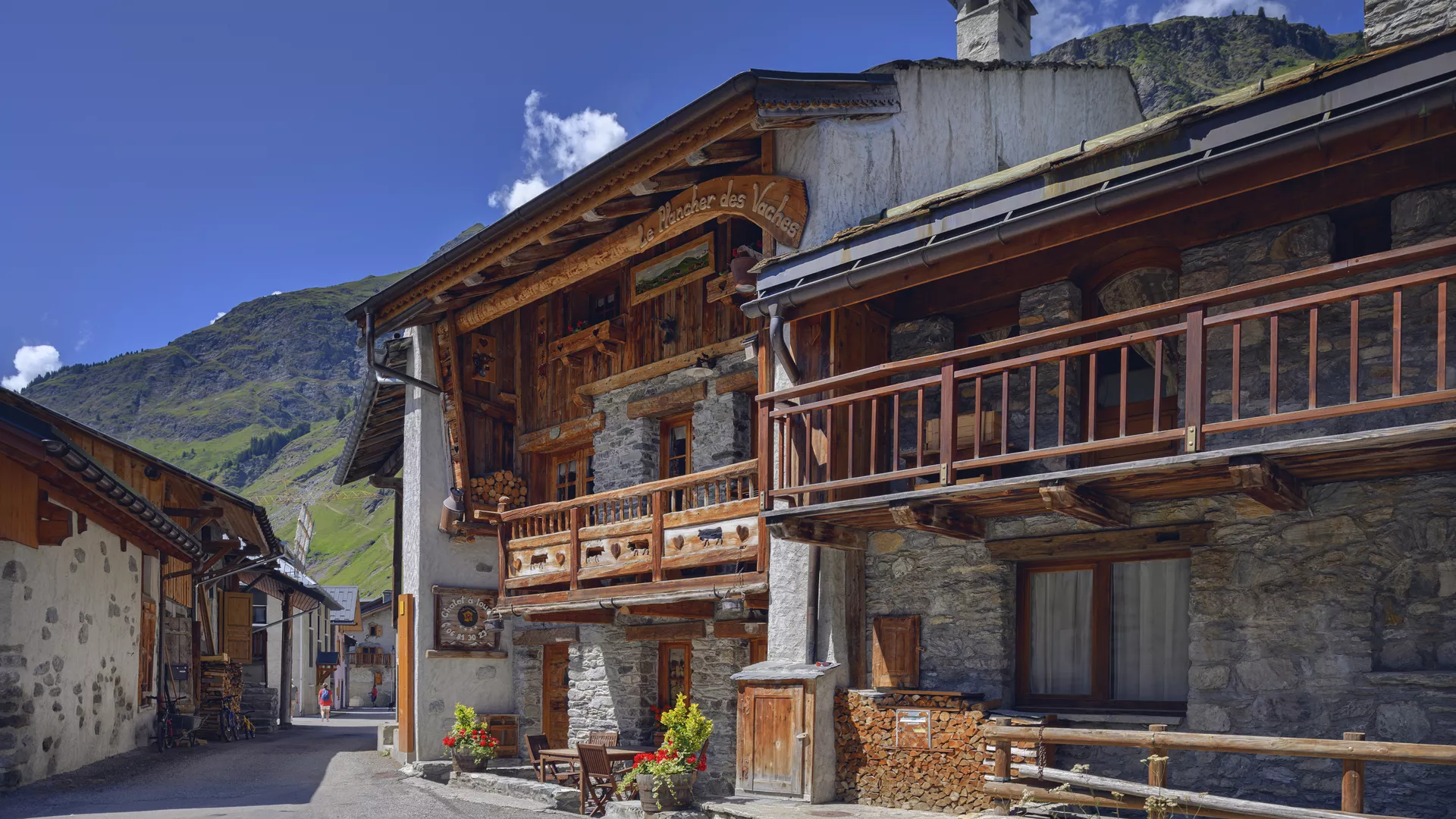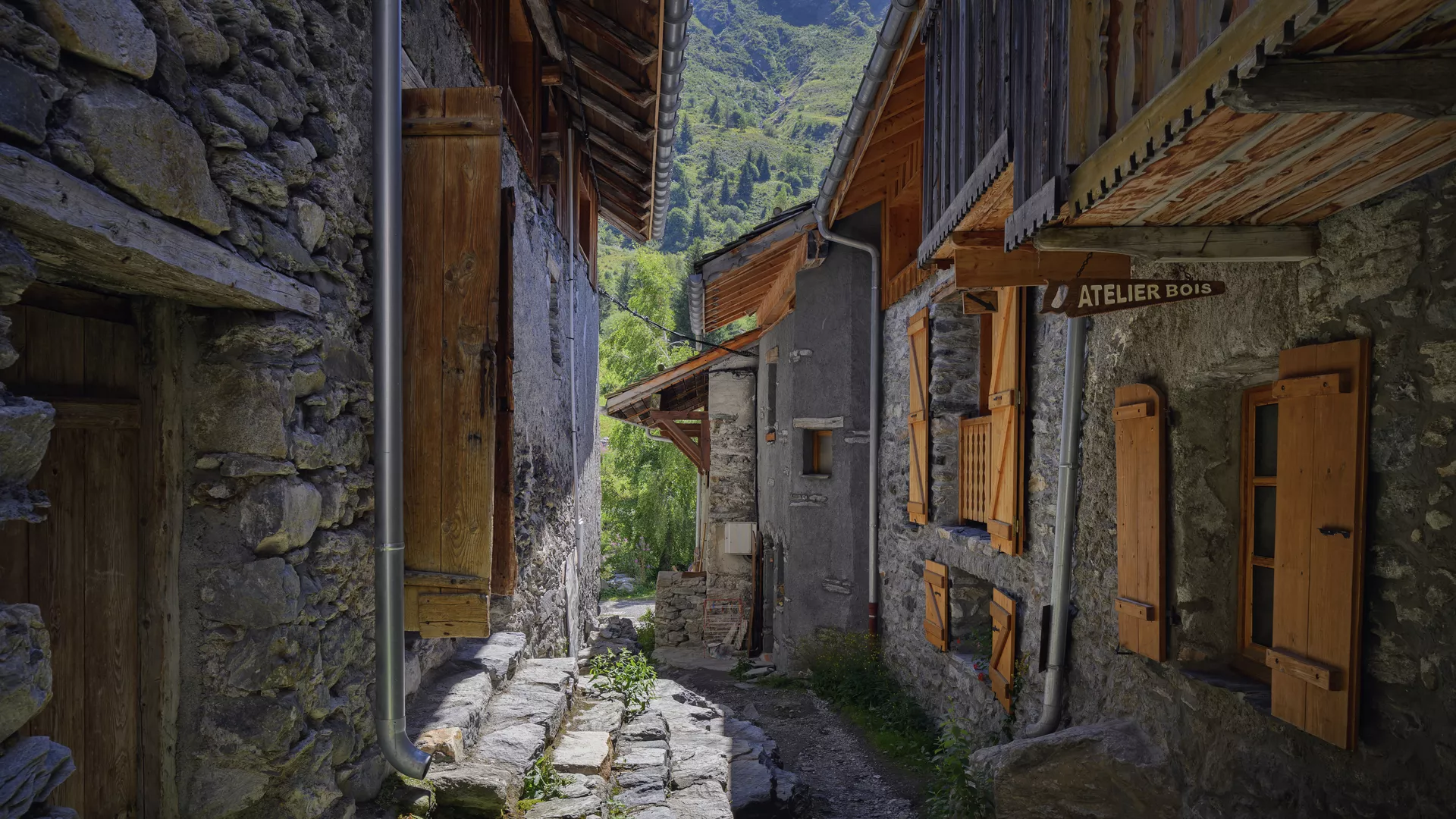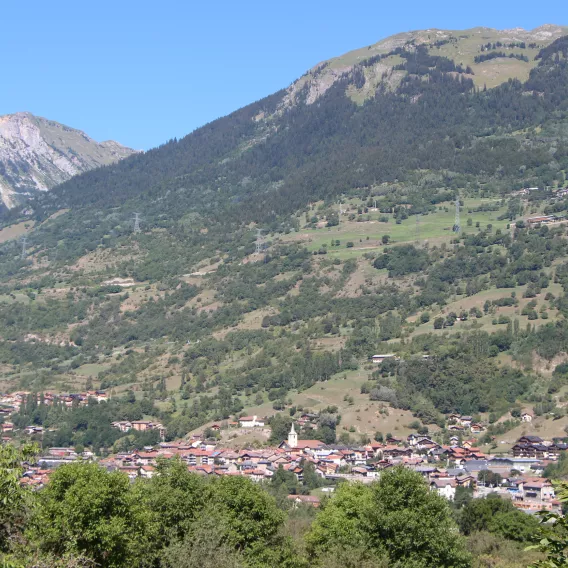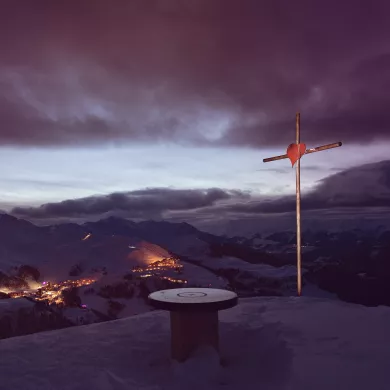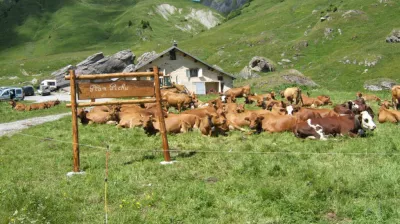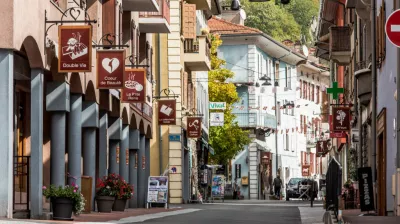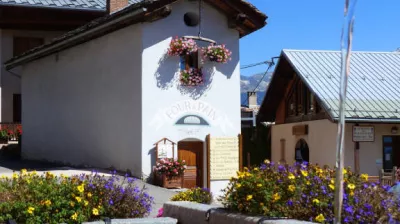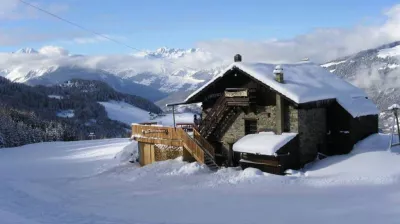La Plagne, 7000 years of history
As evidenced by a tomb dating back to the 5th millennium BC, discovered during excavations in 1982, the valley has been inhabited since Neolithic times. The tomb has been preserved in the Espace Archéologique Pierre Borrione: des pierres et des hommes.
The Romans conquered the Ceutron people (of Celtic origin) who occupied the valley a few centuries B.C. Their capital Axima then became the Forum Claudii Ceutronum, the capital of the Graian Alps province, which combined the Tarentaise, the Beaufortain, the Val d’Arly and the Haut Faucigny. A few centuries later, the builders of the year 1000 left their mark in the town with Saint Martin’s priory, built on an earlier Roman civil basilica.
In the Middle Ages, the town was administered by the Montmayeur family. At the end of the Renaissance, baroque art appeared in the wake of the Counter-Reformation set in motion by the Catholic Church to reverse the rise of Protestantism. The Council of Trente (1545-1563) put art at the forefront of its bid to reconquer worshippers: its highly ornate nature exalted the church’s followers, its architecture with swirling spirals drew the eye upwards to the heavens, while the frescos and statues taught the stories of the Bible. Several churches and chapels in the area are part of the Chemins du Baroque (Baroque trail). Later, the exploitation of the mines in La Plagne at the start of the 1800s marked the region, particularly on two sites, La Roche and Plagne 1800. The sites were closed in 1973. During the 2nd World War, the Tarentaise valley was used by the Resistance movements. Every year in Plagne Centre, there is a commemoration ceremony on August 15th marking the parachuting of arms in March 1944.
A history of pioneers
The birth of a resort
In April 1960, ski champion Emile Allais came to look around the area along with Dr. Borrione, Gilbert Vivet-Gros, civil engineering engineers Vincent Cambau and Marcel Bétemps, and local ski champions Armand Regazzoni and Delphin Blanc. They came down the future Biolley and Grande Rochette slopes. Two years earlier, the commune of Aime and its mayor, Pierre Borrione, had decided to develop a tourist resort. In 1960, on the initiative of Aime town council, four communes (Aime, Bellentre, Macôt and Longefoy) joined together to create the Syndicat Intercommunal de La Grande Plagne (SIGP). Construction of the different installations of the new resort village of La Plagne and its access road started in spring 1961. In October, the initial developer went bankrupt. The project was taken over by Robert Legoux, who set up two private companies: the Société d'Aménagement de La Plagne (SAP) and the Société Immobilière de la Plagne (SIP). The architect Michel Bezançon was brought in. He imagined a resort created from scratch, with all the facilities at the bottom of the slopes, above the forest in the mountain pastures. It’s an example of a 3rd generation resort or “resort village”.
Plagne Centre, the first of the resort’s sites, opened on Friday, December 22nd, 1961, with 2 draglifts and 4 ski runs. In the early years, Émile Allais intervened as technical advisor and the local authorities benefited from government aid under the 1964 Plan Neige. Plagne Centre developed rapidly, joined by the sites of Plagne Bellecôte, Plagne Aime 2000 and Plagne Villages in the late 1960s and early 70s. In 1969, Champagny en Vanoise opted to become part of La Plagne, offering the young resort a site on the south-facing side of the mountain with an unobstructed view of the Vanoise Massif.
Between 1970 and 1974, the sites of Bellentre with Montchavin and Longefoy with Plagne Montalbert were created. The site of Les Coches came along in 1981, as did Belle Plagne. Plagne 1800 opened in 1982. Plagne Soleil was the last site, opening in 1990. In 1992, during the Albertville Winter Olympics, La Plagne hosted the bobsleigh and luge events, with 9 days of competition and over 150 athletes and 25 countries represented. In 2008, the “snow ocean liner” of Aime 2000 was awarded the 20th Century Heritage label for its modern architecture.

